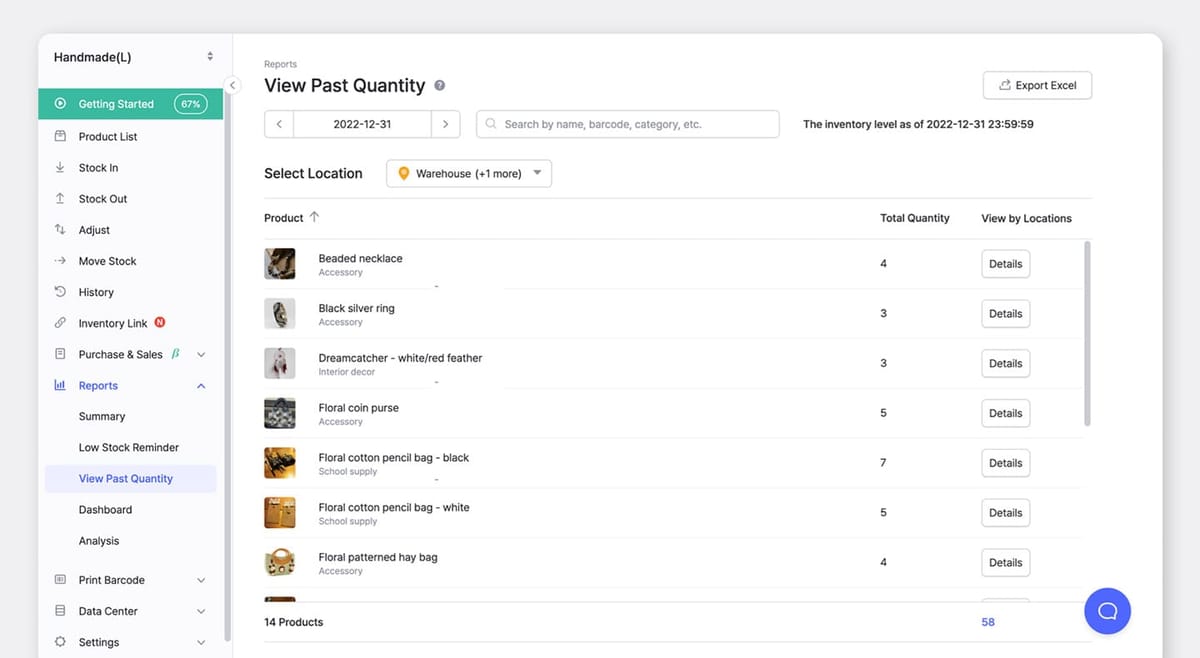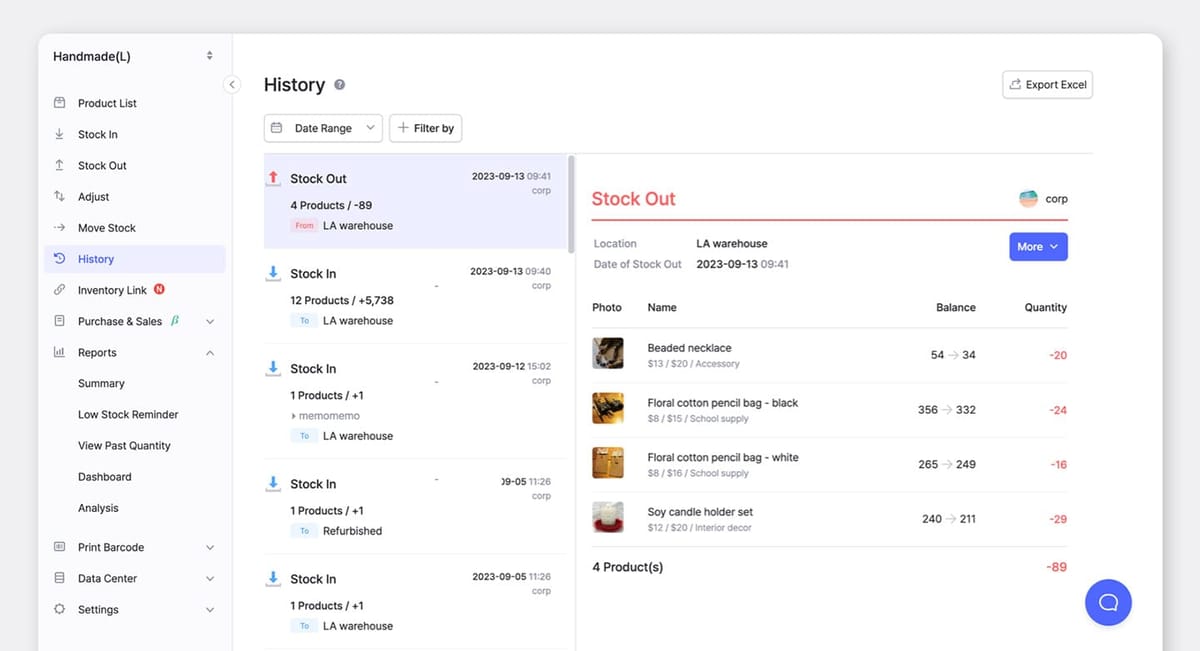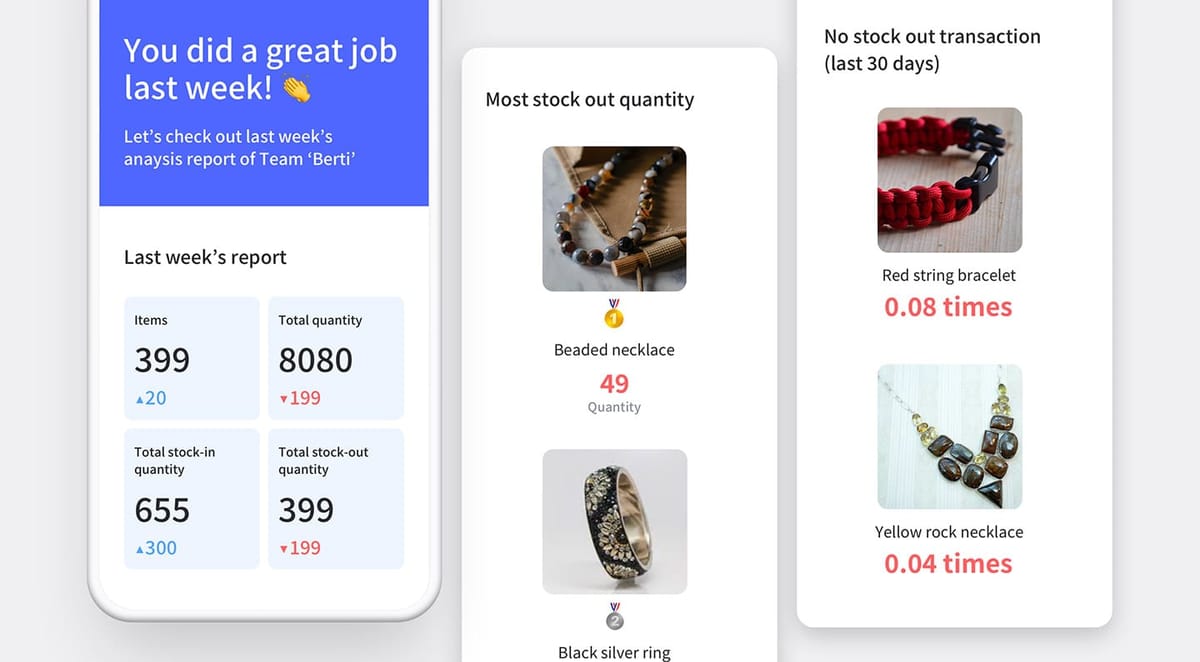The Importance of Seasonal Demand and How Businesses Can Strategically Respond

Seasonal demand is a valuable opportunity for businesses to increase revenue. However, failing to respond to seasonal demand can lead to a crisis that results in lower profits and unhappy customers, not to mention lower sales. What strategies should companies employ to respond to seasonal demand effectively?
What is Seasonal Demand?
Seasonal demand refers to consumer purchasing patterns that occur at specific times of the year. These patterns are often influenced by the season, hence the name "Seasonal Demand." For example, sales of lunch boxes rise during spring outings, swimwear is in high demand during the hot summer, trench coats are popular in the autumn, and tumblers see increased sales during the cold winter months to keep your drinks warm.
End-of-year holidays, Christmas, and Black Friday also generate seasonal demand. Even if these do not reflect seasonal climate characteristics, the concentrated demand at specific times is still considered seasonal.

The Consequences of Poorly Managing Seasonal Demand
What happens if a business does not adequately prepare for the increase in seasonal sales? A lack of inventory means missed sales opportunities, the biggest loss for any business. Companies might also have to cancel customer orders, thereby damaging their brand image, which can’t be quantified in money.
Rushing to procure inventory to meet sudden demand spikes has its own issues: increased procurement costs and the risk of overstocking if demand has already peaked. Excess inventory results in substantial costs for your business.
Inventory Management Challenges
So, should businesses stock up abundantly? No, it’s essential to accurately predict how much inventory is necessary to keep the operations flowing as smoothly as possible. Failure to accurately predict future demand can result in overstocking.
Furthermore, businesses must also consider whether they have sufficient resources to handle increased production, shipping, and logistics. Issues can arise due to a lack of human and material resources or process limitations.

Utilizing BoxHero for Managing Seasonal Demand
For smooth procurement and logistics processes to happen, it's important to know how much inventory you need to stock. Accurate seasonal demand forecasting is a stepping stone for the next step. So how do you forecast seasonal demand?
Seasonal demand is easier to forecast than regular demand, as it tends to see similar spikes at similar times of the year. You can get a good idea of seasonal demand just by looking back at your historical inventory data. Look at your historical inventory data by product and by time of year, and see how demand for a product changes throughout the year. If you see a product that has more shipments than usual at a particular time of year, that's likely to be affected by seasonal demand.
An inventory management solution with historical inventory data will always give you quick access to your historical inventory data without having to dig through Excel documents organized by year. On BoxHero, you can easily view your inventory quantities at any given point in time through Reports > View Past Quantity and intuitively view your inventory movements over some time through the History feature. This will help you anticipate seasonal demand and ensure that you have spare inventory on hand without having to worry about overstocking.


Additionally, Reports > Analysis gives you a bird's eye view of detailed inventory analytics data, such as inventory turnover for a specific period, average inventory, and average daily shipments. This provides a wealth of insights to help you forecast seasonal demand more accurately.

It's not enough to forecast seasonal demand and build up a backup inventory - you need to keep a close eye on your inventory levels even when orders are coming in so that you can optimize your inventory to avoid under or overstocking and keep selling. To help you stay on top of your real-time stock levels, BoxHero sends weekly reports to your team managers that include information like which products shipped the most last week, which products shipped more than the previous week, and more.

Seasonal Demand Is Fluid
Factors such as the economy, new competitors, and changing consumer preferences affect demand. Hence, it's crucial to consider various inventory data and current demand trends when determining how much stock to hold. If you're having difficulty with inventory management, consider using BoxHero to effectively respond to seasonal demand fluctuations.


